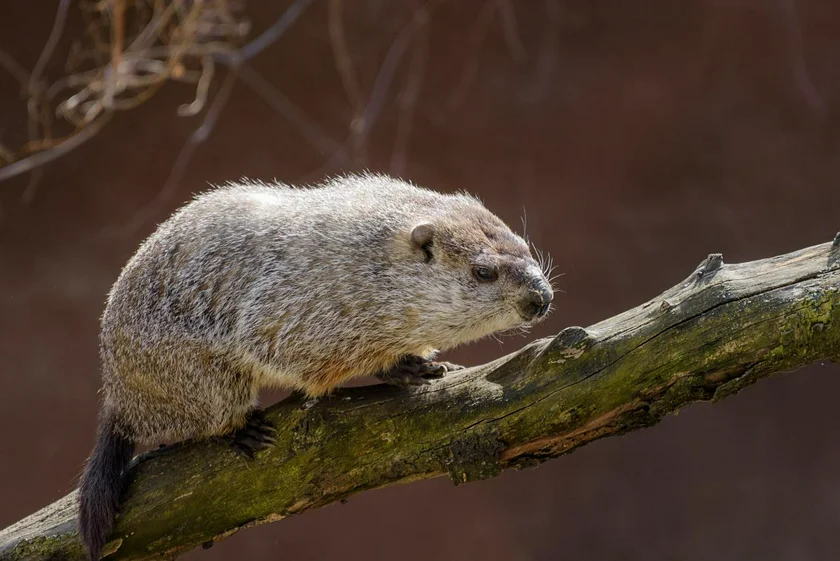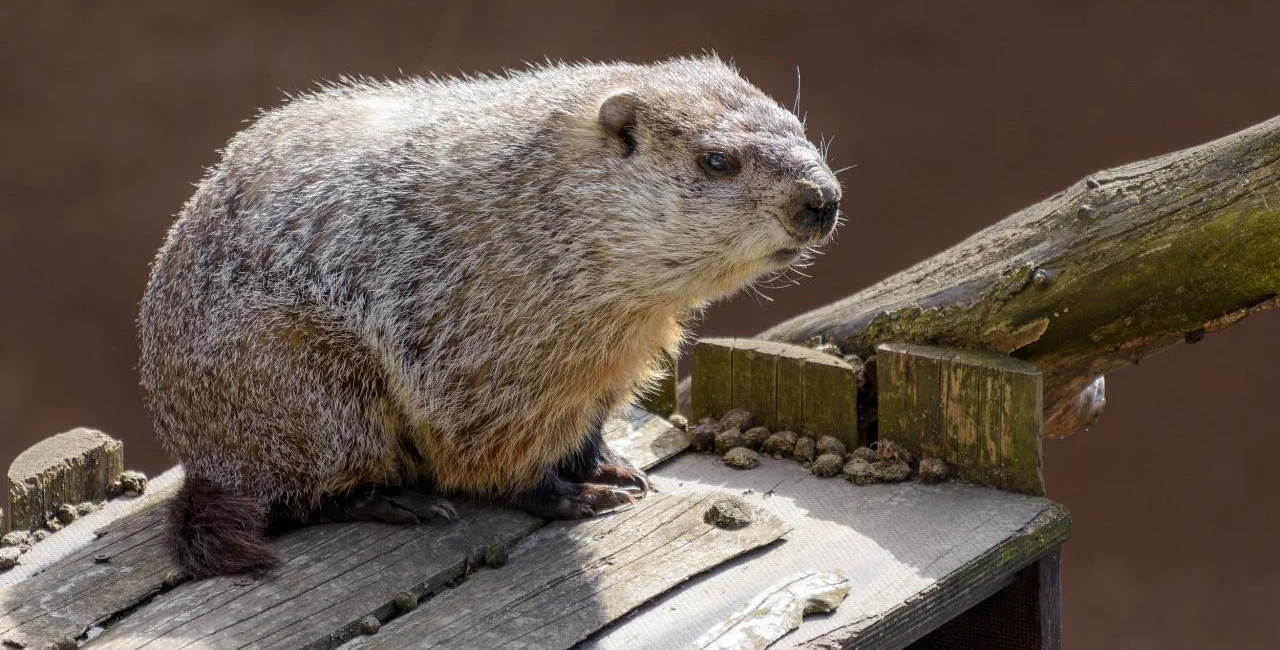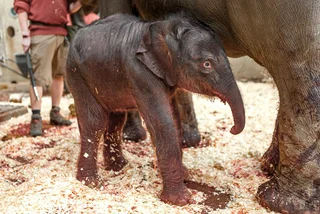Almost everyone has overslept an important appointment. A groundhog at Prague Zoo, though, has taken it to extremes. He missed Groundhog Day by about six weeks.
The tradition in North America is that a groundhog should come out its burrow on Feb. 2, and if it sees its shadow, there will be six more weeks of winter. The famous groundhog Punxsutawney Phil managed to show up for an at least online presentation this year in the U.S. state of Pennsylvania. Phil, by the way, did see his shadow and correctly foresaw a long winter.
But his Czech cousin apparently decided that with Prague Zoo closed to the public it wasn’t worth the effort to get out of bed. He just slept straight through to the end of winter, skipping the part where he should wake up and check.
In photos released by Prague Zoo, the largest member of the squirrel family looks a bit disoriented and perhaps in need of a cup or two of coffee until he can figure out what is going on.

Prague Zoo’s groundhog, whose name was not disclosed, did not appear in the outdoor exhibition spaced until the morning of March 16. Zoo officials point out that while this is later than normal, the Feb. 2 deadline in the U.S. is a bit unrealistic.
"In the fall, groundhogs become intensively fattened. Their body weight increases by half compared to summer," Prague Zoo mammal curator Pavel Brandl said.
"In October, they are usually ready for wintering and go to hibernation, which lasts until the beginning of March. It usually wakes up in the first days of March, and exceptionally at the end of February. This year it was really long for our male," he added.
During the winter, they experience a deep sleep, during which their metabolism slows down, their body temperature drops, and their heart rate slows. They wake up in the spring only when the temperatures rise and permanently stabilize at higher values, according to Prague Zoo.
They do not wake up during the winter, but instead remain in burrows that they dig in their enclosure. In the first days after waking up, they usually spend very little time above the ground, but after a few days they start to sunbathe and graze.
The American tradition of Groundhog Day actually has its roots in Central Europe. In Germany on Feb. 2, there was a tradition that if a hedgehog cast its shadow there would be a long winter. In what is now the Czech Republic, similar folk sayings mention a badger.
When Germans and Czechs moved to North America, they took the folk tradition with them but substituted the groundhog. In Czech, Feb. 2 is known as Hromnice, related to the word for thunder.












 Reading time: 2 minutes
Reading time: 2 minutes 
























